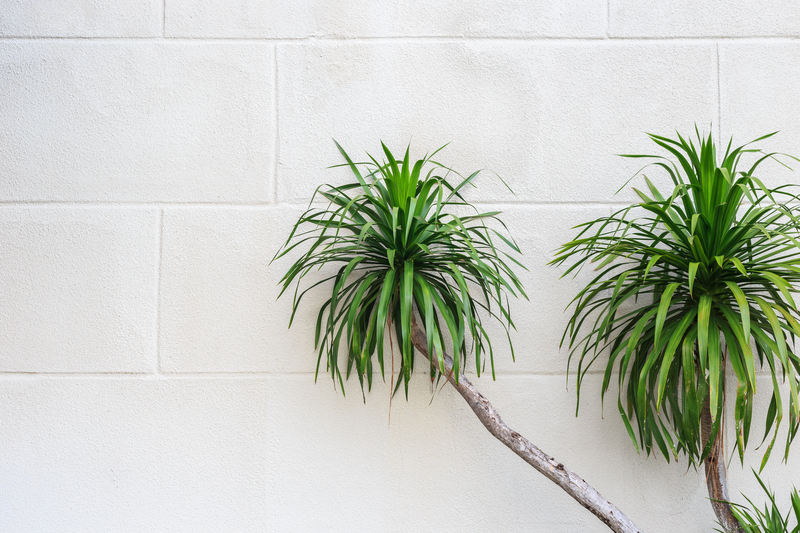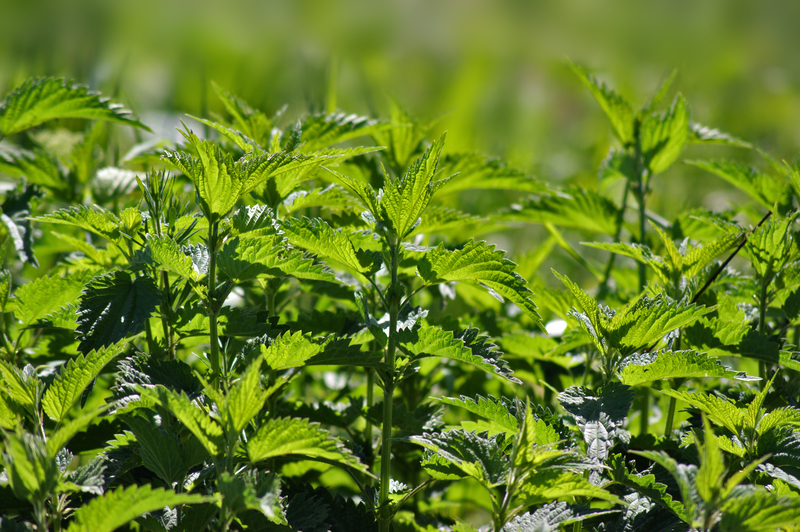Ensuring Landscape Success: Begin with Simple Victories
Posted on 08/03/2025
Landscape design can be a daunting task, especially for beginners who may feel overwhelmed by the myriad of choices and considerations involved. However, starting small and achieving simple victories can pave the way for more complex and ambitious projects. By focusing on basic principles and easy-to-achieve goals, you can build confidence, gain valuable experience, and create a beautiful outdoor space that grows with you.
Understanding Your Space
Before you get your hands dirty, it's crucial to understand your landscape's unique characteristics. This includes evaluating the soil quality, sunlight exposure, and climate conditions. These factors will influence your plant selection, irrigation plans, and overall design approach. Conduct a soil test to determine its pH levels and nutrient content. Understanding whether you have sandy, loamy, or clay soil will also help you choose the right plants and amendments.
Sunlight exposure is another key factor. Some plants thrive in full sun, while others prefer partial shade or full shade. Spend a few days observing how sunlight moves across your property to identify different zones. This will help you place plants in locations where they are most likely to succeed.

Starting Small with Container Gardens
For beginners, container gardens offer a manageable way to dive into landscaping. They are versatile, easy to set up, and can be moved around to find the ideal light and temperature conditions. Start with a few containers and select plants that are known for being hardy and low-maintenance, such as succulents, herbs, or small flowering plants like marigolds and petunias.
When choosing containers, consider materials that are both functional and aesthetically pleasing. Terracotta pots are breathable and help prevent root rot, while ceramic pots add a touch of elegance to your space. Ensure that the containers have drainage holes to avoid waterlogged soil, which can be detrimental to plant health.
Embracing Native Plants
Incorporating native plants into your landscape design is another great way to ensure success with minimal effort. Native plants are adapted to the local climate and soil conditions, making them more resilient and easier to care for than exotic species. They also support local wildlife, including pollinators like bees and butterflies.
Do some research to identify native plants that are suitable for your region. Local gardening clubs, extension services, and nurseries can be valuable resources for finding native species and learning how to care for them. By choosing plants that are naturally suited to your environment, you reduce the need for excessive watering, fertilizing, and pest control.
Mulching for Success
Mulching is one of the simplest and most effective ways to improve your landscape. It helps retain soil moisture, suppress weeds, and regulate soil temperature. Organic mulches, such as wood chips, straw, and compost, also enhance soil fertility as they decompose. Apply a 2- to 3-inch layer of mulch around your plants, but be careful not to pile it against the stems or trunks, as this can cause rot.
Not only does mulch provide practical benefits, but it also adds a polished look to your garden beds. Choose a mulch that complements your landscape design. For example, wood chips offer a natural look, while colored mulch can add a splash of vibrancy to your garden.
Effective Watering Techniques
Watering is a critical component of landscape maintenance, but it's important to do it right to avoid wasting water and harming your plants. Overwatering can lead to root rot, while underwatering can cause plants to wither and die. One effective technique is to water deeply and infrequently, which encourages plants to develop deep root systems. Shallow, frequent watering tends to keep roots close to the surface, making plants more vulnerable to drought.
Drip irrigation systems and soaker hoses are efficient ways to water your garden, as they deliver water directly to the roots and minimize evaporation. If you prefer hand watering, use a watering can or a hose with a spray nozzle that allows you to control the flow. Water early in the morning or late in the evening to reduce evaporation and allow plants to absorb moisture before the heat of the day.
Implementing a Maintenance Schedule
Consistency is key to landscape success. Establish a regular maintenance schedule that includes tasks such as watering, weeding, pruning, and fertilizing. By staying on top of these activities, you can prevent small problems from becoming larger issues.
Weeding is particularly important in the early stages of your landscape project. Weeds compete with your plants for nutrients, water, and light, so removing them regularly will help your garden thrive. Pruning not only keeps your plants looking neat but also promotes healthy growth. Remove dead or damaged branches, shape your plants, and encourage new growth with proper pruning techniques.
Fertilizing provides your plants with the essential nutrients they need to grow strong and healthy. Use organic fertilizers, such as compost or well-rotted manure, to enrich your soil and promote sustainable gardening practices.

Patience and Persistence Pay Off
Perhaps the most crucial factor in ensuring landscape success is patience. Gardens don't mature overnight; they take time to grow and evolve. Celebrate your small victories, such as the first bloom or the successful establishment of a new plant. Each success builds your confidence and encourages you to tackle more challenging projects.
Don't be discouraged by setbacks. Plants may fail, weather can be unpredictable, and pests may invade your garden. These are all part of the learning process. Take each challenge as an opportunity to gain experience and refine your approach. With persistence and a willingness to learn, you will see your landscape transform into a beautiful and thriving outdoor space.
Conclusion
Ensuring landscape success begins with achieving simple victories. By understanding your space, starting with manageable projects like container gardens, and incorporating native plants, you set yourself up for success. Mulching, effective watering, and a consistent maintenance schedule further enhance your landscape's health and beauty. Ultimately, patience and persistence will guide you through the journey of creating a stunning and sustainable outdoor environment. Celebrate your achievements, learn from your challenges, and enjoy the process of bringing your landscape vision to life.



